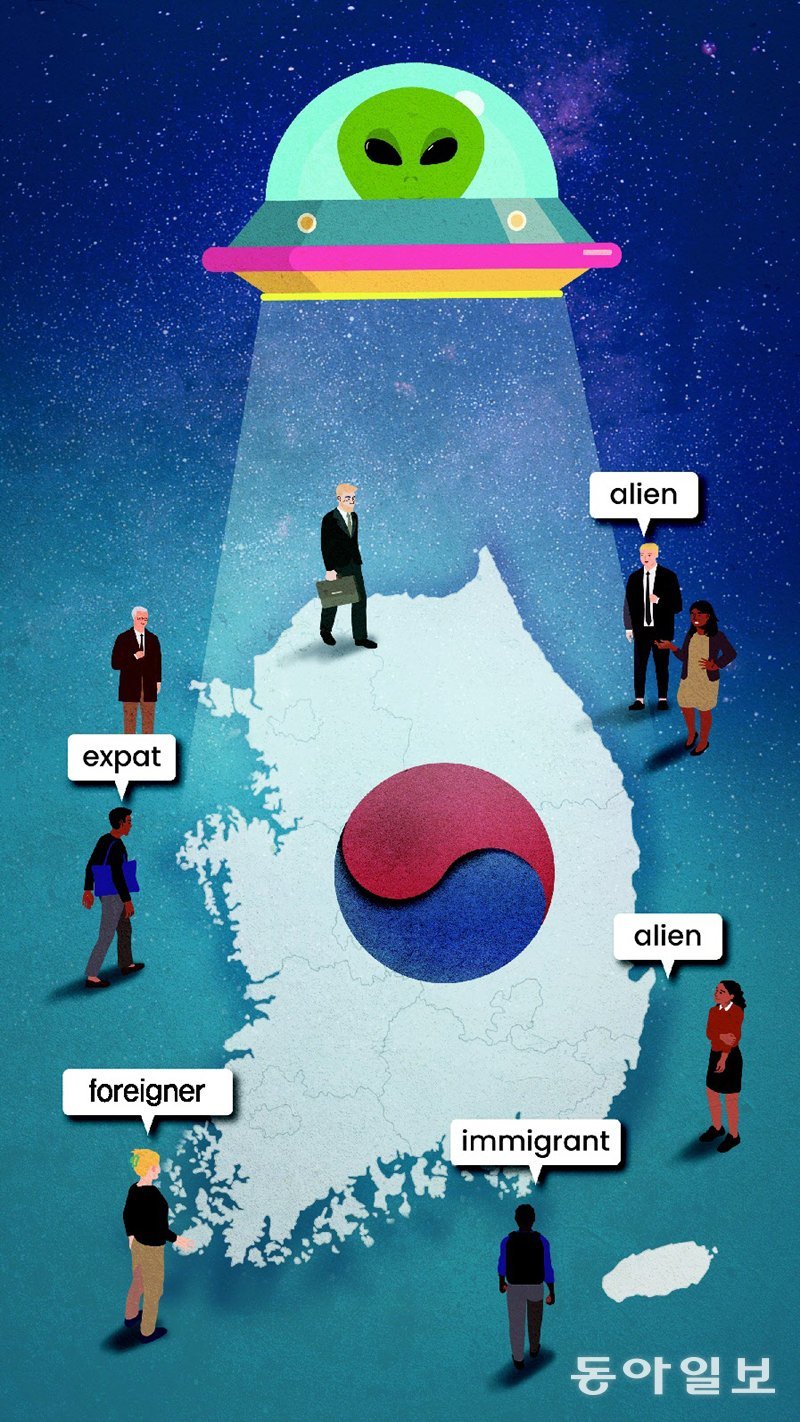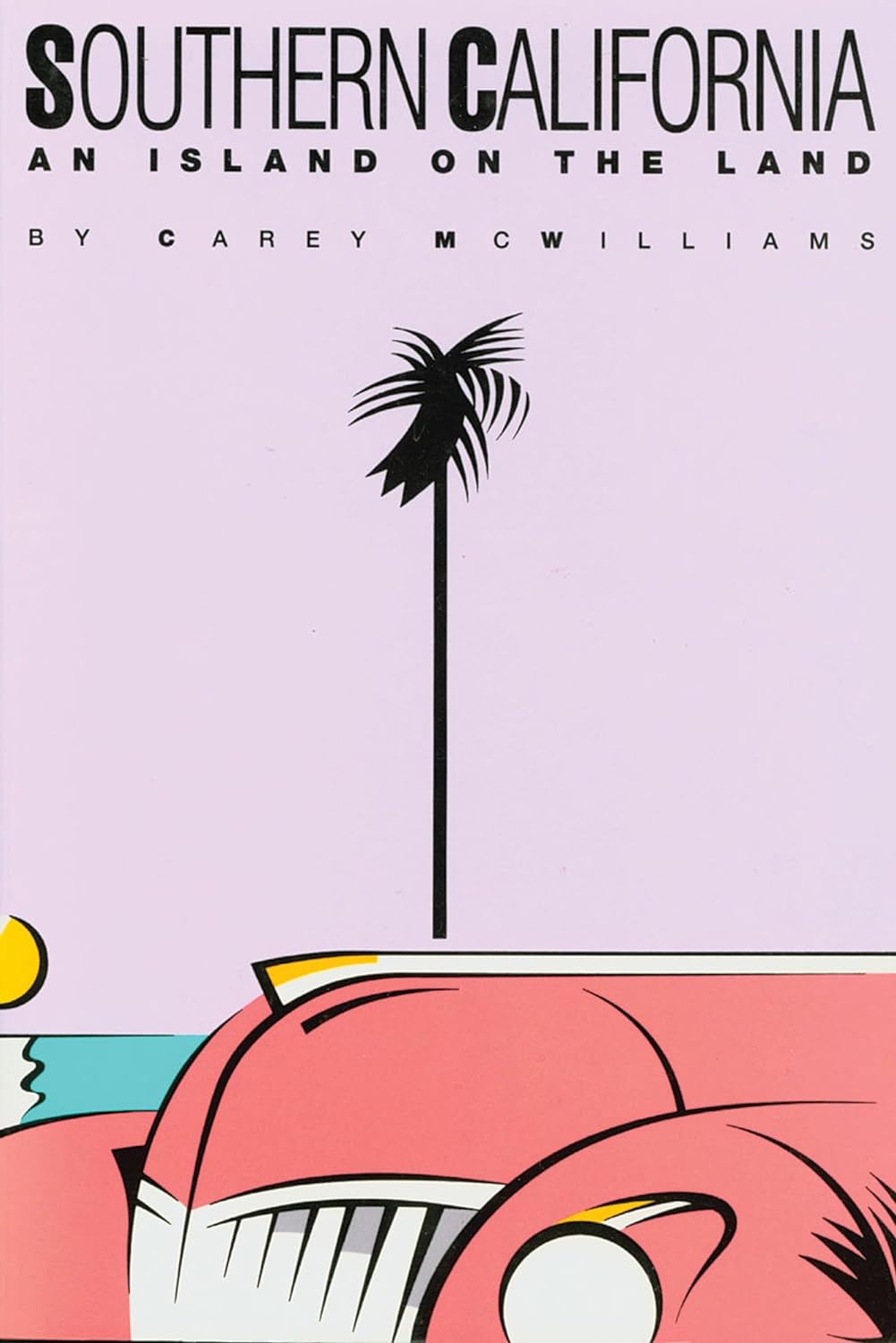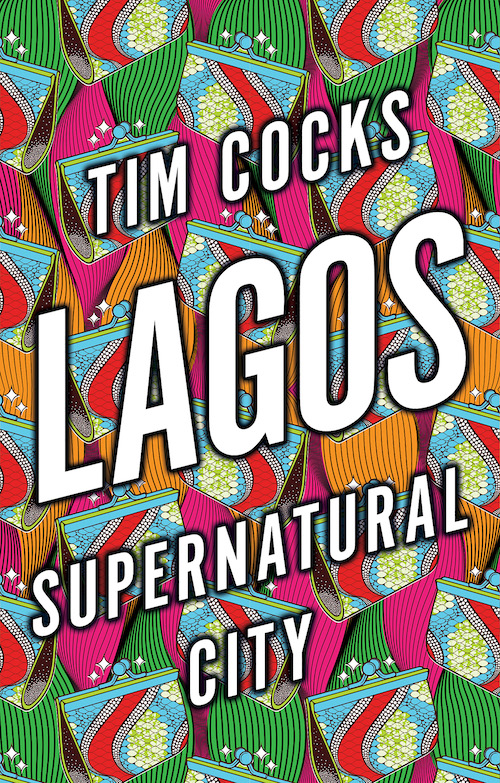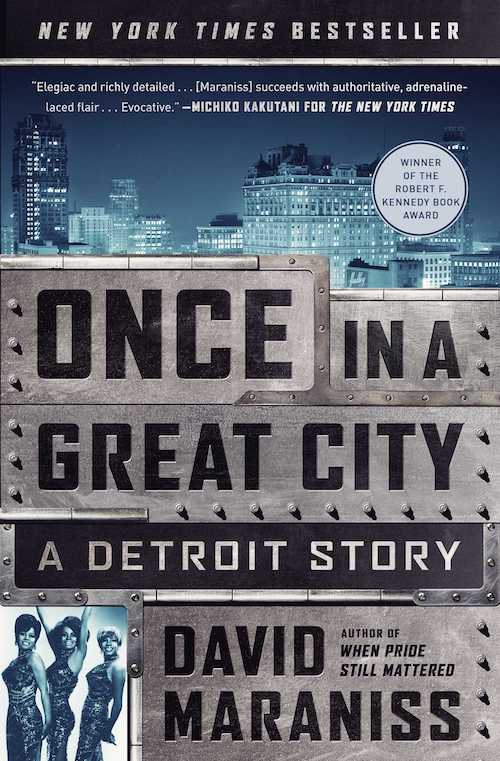A new “Frasier” has débuted nearly two decades after the conclusion of the original series, and it moves Kelsey Grammer’s eponymous psychotherapist back to Boston, the city where he was introduced, in 1984, as a minor character on “Cheers.” By the time that show ended, in 1993, Frasier had become a major character, present in most of its episodes; the “Frasier” spinoff began just four months later, and soon became its own pop-cultural phenomenon. The sophistication exuded by its look, feel, and banter was so unusual for a network sitcom that it was often described as “the smartest show on television.”
“Frasier,” in its initial iteration, took place in Seattle, Washington, whose cachet had skyrocketed in the nineteen-nineties with the rise of Microsoft, Starbucks, Nirvana, and films such as Cameron Crowe’s “Singles” and Nora Ephron’s “Sleepless in Seattle.” Frasier Crane is a divorced, fortysomething, opera- and wine-loving protagonist who has given up his psychiatric practice to host a therapy-themed radio show, and is intent on building a new life in his home town. His efforts are often frustrated by conflicts with his brother, Niles (David Hyde Pierce), a fellow-psychotherapist who behaves even more pompously and fastidiously than Frasier, or with his father, Martin (John Mahoney), a police officer forced into retirement (and cohabitation with Frasier) by a gunshot wound. Together with Daphne (Jane Leeves), at once Martin’s live-in physical therapist and Frasier’s housekeeper, and Roz (Peri Gilpin), the blunt career-woman producer of Frasier’s radio show, these characters constitute the close-knit ensemble at the core of all eleven seasons.
To some extent, “Frasier” has been overshadowed by “Seinfeld,” which, like “Frasier,” was also a hit for NBC, but whose comedic ambitions transformed the sitcom as a genre. “Frasier” perfects the format in its own way, as the descendant of theatrical farce, in which misunderstandings, miscommunications, deceptions, incidents of mistaken identity, and moments of perfectly bad timing pile upon one another until the unstable narrative edifice comes crashing down into a state of normalcy. These stories might have Frasier pretending to be Jewish on Christmas Eve in front of the mother of a girlfriend-of-the-week, or Martin pretending to be gay to avoid being set up with the mother of a woman who catches Frasier’s eye at the opera, or Niles trying to host a dinner party for the neighbors in his prestigious new apartment building even after a talking bird perches immovably on his head. The show’s dedication to this classic form makes it comparatively timeless—apart from the occasional one-liner about subjects like Prozac, “Got Milk?,” Windows 95, and Dolly the sheep—as does its fixation on the venerable art of social climbing.
Read the whole thing at the New Yorker.









